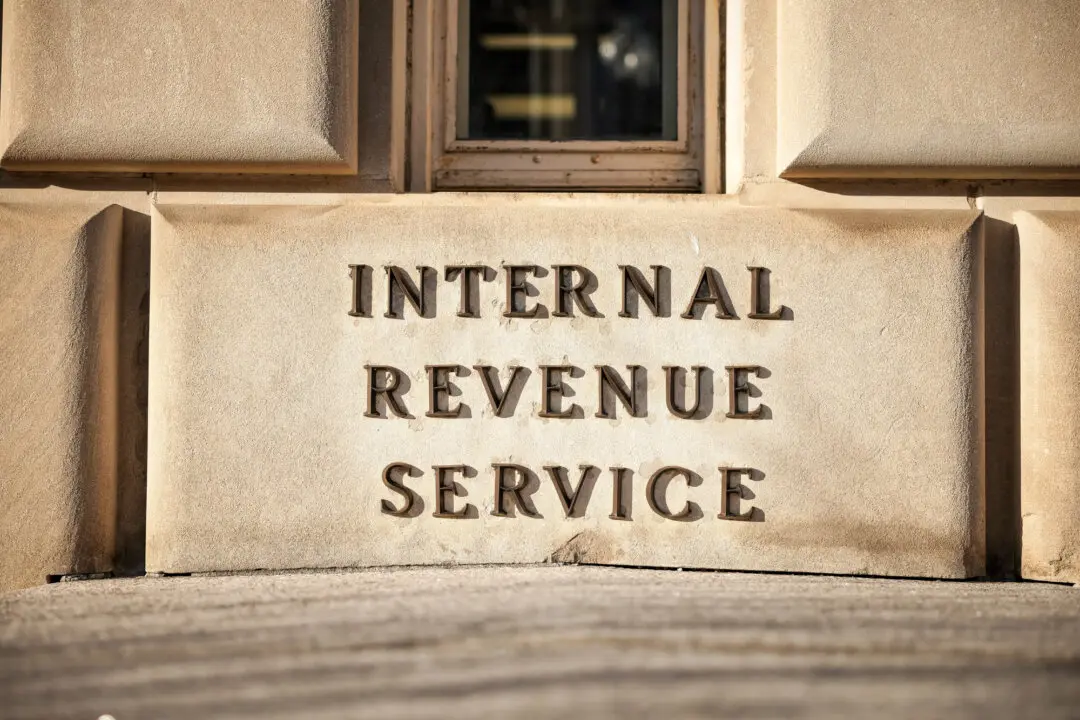Rent for single-family homes in the United States surged 10.2 percent in the 12 months through September, marking the fastest pace of annual rent inflation in 16 years, according to a new report from CoreLogic.
“Strong job and income growth, as well as fierce competition for for-sale housing, is fueling demand for single-family rentals,” said Molly Boesel, principal economist at CoreLogic.





